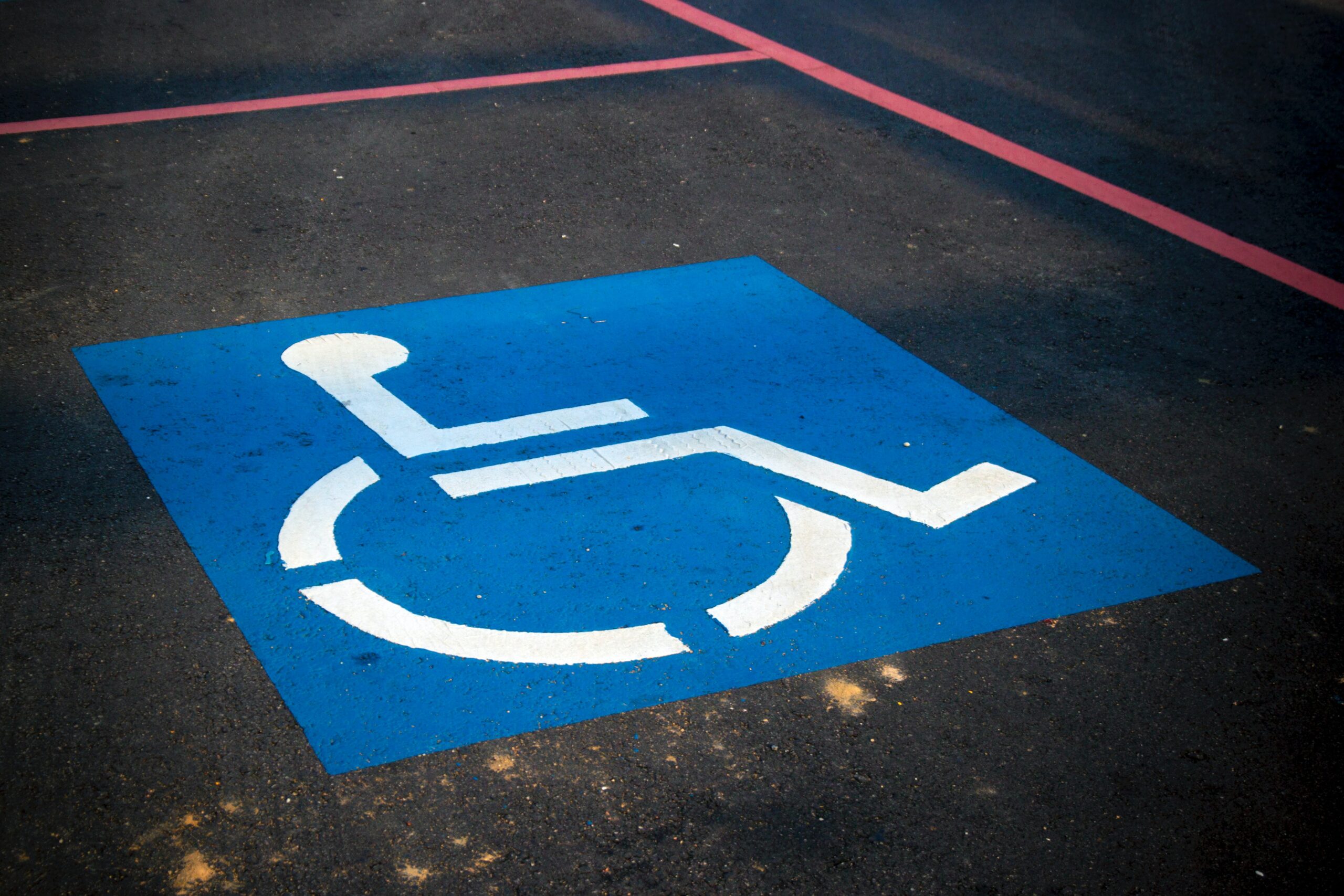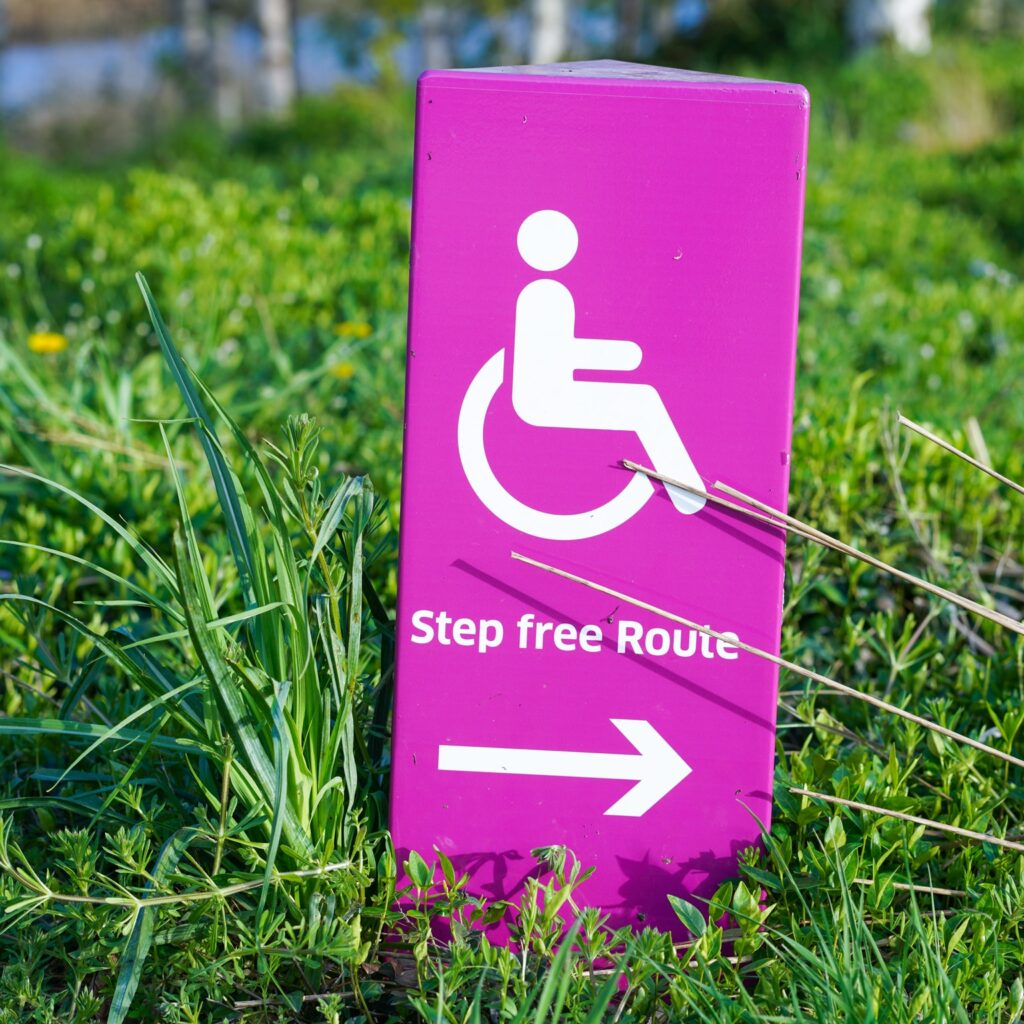In the ever-evolving landscape of web accessibility, staying up-to-date with the latest guidelines is crucial. The Web Content Accessibility Guidelines (WCAG) 2.2, the most recent iteration, introduces a range of new, refined, and updated standards. In this article, we’ll delve into the specifics of what has been added, removed, and updated in WCAG 2.2.
Added Guidelines
Mobile Accessibility (2.5.7, 2.5.8, 2.5.9)
With the proliferation of smartphones and tablets as primary devices for web browsing, ensuring accessibility on mobile platforms is essential. WCAG 2.2 introduces three new success criteria (2.5.7, 2.5.8, 2.5.9) that specifically address mobile accessibility. These criteria emphasize making touch targets larger, ensuring content is readable without zooming, and providing ample spacing between interactive elements. These additions aim to guarantee a seamless and inclusive experience for users on mobile devices.
Orientation (3.3.7)
The new success criterion 3.3.7 focuses on orientation. It addresses the need for content to be usable regardless of the orientation of the device. This ensures that users who may have their device in landscape or portrait mode can still access and interact with web content effectively.
Identifying Purpose (4.1.9, 4.1.10)
The two new success criteria, 4.1.9 and 4.1.10, emphasize the importance of providing clear and descriptive labels for user interface components. This helps users understand the purpose and function of various elements on a webpage, enhancing overall accessibility.
Removed Guidelines
While WCAG 2.2 introduces several new guidelines, it’s important to note that a few have been removed. These removals indicate a refinement and re-evaluation of existing criteria, aligning the guidelines with current best practices.
Resize Text (1.4.4)
Previously, there was a guideline (1.4.4) focused on allowing users to resize text without assistive technology. This guideline has been integrated into other success criteria, ensuring that text can be resized without causing issues for users.
Updated Guidelines
In addition to the new additions and removals, WCAG 2.2 includes updates to existing guidelines. These revisions aim to provide further clarity and address evolving challenges in web accessibility.
Focus Visible (2.4.11)
The success criterion 2.4.11, which pertains to ensuring that keyboard focus is visible and can be seen by all users, has been updated. The new wording provides more explicit instructions for designers and developers, facilitating better compliance.
Input Modalities (2.5.1, 2.5.2)
The criteria related to input modalities (2.5.1 and 2.5.2) have been refined to better address the needs of users with disabilities. These updates offer clearer guidance on providing alternative input methods for users who may not be able to use a standard keyboard or mouse.
Character Key Shortcuts (2.1.4)
Guideline 2.1.4, which deals with character key shortcuts, has undergone a revision to provide more specific information on how to implement them in an accessible manner. This update ensures that keyboard shortcuts are designed in a way that doesn’t conflict with screen reader commands.
The Impact of WCAG 2.2
The additions, removals, and updates in WCAG 2.2 reflect a continuous effort to improve web accessibility for all users. By incorporating guidelines that address mobile accessibility, orientation, and clear labeling, WCAG 2.2 sets a new standard for inclusive web design.
The removal of certain guidelines indicates a refinement of existing criteria to align with current best practices. Additionally, the updates to existing guidelines provide clearer instructions for designers and developers, making it easier to achieve compliance.
In conclusion, staying abreast of the changes in WCAG guidelines is essential for creating a web environment that is truly accessible to everyone. By embracing the new standards set forth in WCAG 2.2, designers and developers contribute to a more inclusive digital landscape, where all users can navigate and interact with web content with ease and confidence.
We Offer Web & Mobile Accessibility Testing
We at ‘Accessible Zone‘ provide web, mobile and software accessibility testing services. We perform testing manually using screen reader such as JAWS, NVDA & Voiceovers. We also provide VPAT and ACR reports. If you want to use our services do contact us as at contact@accessiblezone.com or you can also schedule a free call with us from here.




